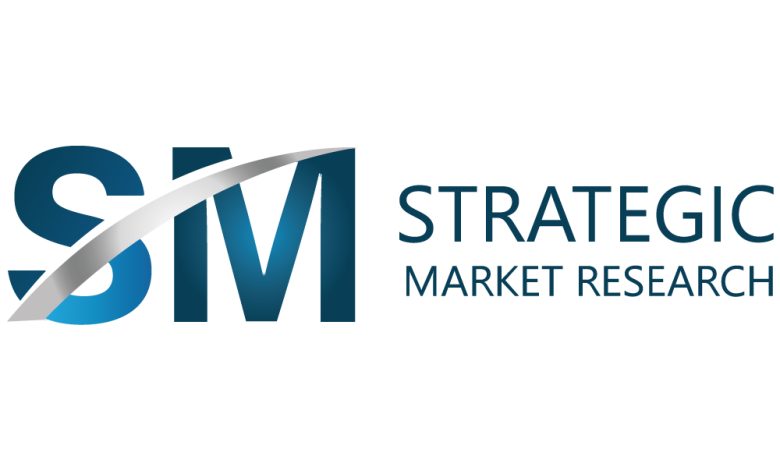In-Depth analysis of single cell analysis market

The examination and study of proteins, small molecules, and other cells at the single-cell level are known as single-cell analysis. This methodology enables the investigation of differences between individual cells within a cell group. The goal of the single-cell analysis is to understand the mechanisms behind the cellular function, which necessitates knowledge of all the cellular elements, including protein composition, DNA, RNA, and cellular metabolites.
The market for single-cell analysis in 2021 was USD 2.79 billion and will reach USD 10.31 billion by 2030 at a 15.6% CAGR during 2021-2030.
The expanding biopharmaceutical and biotechnology sectors and rising government support for cell-based research are some of the reasons boosting the single-cell analysis market. Additionally, it is projected that increased knowledge about precision medicine and commercially available cancer diagnostics will propel the industry.
High-throughput equipment has entered the market as a result of the increasing need for analytical tools for creative research and the ensuing funding. This equipment now has features like automation, high sensitivity, and accuracy that ultimately aid in the analysis of sparse samples as a result of numerous improvements. For instance, a U.S.-based business called Deepcell Inc. got funding of USD 73 million in March 2022 to advance its AI-powered single cell analysis platform and proceed toward commercialisation. As a result, major businesses are spending a lot of money on building solutions that will create attractive opportunities for income creation in the years to come. However, the expensive price of these equipment and consumables will make it difficult to penetrate the market. Numerous clinical and research applications with limited budgets will be constrained by the ongoing maintenance expenditures and other costs associated with these items.
Growth Drivers
Diagnosis and monitoring of diseases like cancer, as well as the increased use of the technology in various genomic analyses, will be driven by the growing acceptance of single-cell testing. Single-cell testing has become a valuable tool for understanding the underlying molecular causes of numerous diseases and developing new drugs.
Applications for single-cell analysis include pre-implantation genetic testing and the diagnosis of illnesses like cancer. In 2020, more than 19 million cancer diagnoses were made, and the rate of new cancer cases is alarmingly rising. There will be 28 million new cases of cancer diagnosed annually by 2040.
Due to increased awareness and better healthcare, IVF procedures are becoming more and more popular on a global scale. By 2018, more than 8 million kids had been born through IVF, and there are currently more than 450 fertility clinics in the United States alone. Pre-implantation genetic diagnosis (PGD), which is gaining popularity in infertility clinics, is projected to raise the success rate of IVF. In the upcoming years, the market will grow faster as a result of all these advancements.
Restraints
The single-cell biology research proves to be very expensive, impeding market growth, maintaining the high-quality standards (i.e., the usage of high-grade pricey products), and complying with regulatory requirements.
Opportunity
Many large market players spend a lot of money developing solutions, which soon offers the possibility of successful revenue creation. Furthermore, rising stem cell research will open up lucrative business opportunities.
Market Segmentation
Product Insights
The consumables segment led the overall market with a revenue share of over 50.0% in 2021. It is due to the high usability of isolation products, widespread use of cell sorting beads, frequent purchase of buffers and reagents, and rising demand for assay kits. The segment is growing as a result of a rise in the prevalence of the target disorders and the ongoing need for the supplies needed for the tests throughout research endeavors.
Application Insights
In 2021, the cancer segment had the highest revenue share of more than 30.0%. Cancer cell diagnosis has shown to be successful with single-cell analysis. These methods simplify identifying genetic variation via cell growth circumstances, mutation rates, and cell kinds. According to cancer statistics, 1.9 million new instances of cancer are anticipated to be diagnosed in the United States in 2022. Thus, the rising incidence of cancer and the ongoing research and development in this area would benefit the expansion of the sector.
End-User Insights
Due to the widespread adoption of single-cell analysis techniques in research settings, academic and research laboratories accounted for the greatest revenue share of over 70.0% in 2021. The large number of ongoing scientific research at numerous universities that use SCA methodologies has pushed for its implementation in 2021. Another important aspect influencing the segment is the development of spatial genomics, which accelerates single-cell analysis in research operations.
Regional Insights
In 2021, North America held a revenue share of approximately 35.0%, dominating the global market. This can be ascribed to a number of government funding initiatives, increased public knowledge of personal healthcare needs and costs, quicker adoption of novel analytical tools and procedures, and the availability of qualified employees, among other things. The rise of the industry in North America is mostly due to the U.S.
Over the forecast period, Asia Pacific will have the fastest CAGR. The demand for innovative diagnostic equipment in the developing countries of Asia Pacific has grown over the past few years because of the expanding medical industry, fast evolving healthcare systems, and rising elderly population.
Key Players
- Bio-Rad Laboratories Inc.
- Illumina Inc.
- Thermo Fisher Scientific Inc.
- QIAGEN NV
- Merck Millipore
- Fluidigm Corporation
- 10x Genomics, Inc.
- Becton
- Dickinson & Company
- BGI
- Novogene Corporation
The market for single cell analysis in 2021 was USD 2.79 billion and will reach USD 10.31 billion by 2030 at a 15.6% CAGR during 2021-2030. The main factors driving market expansion are technological advancements in single-cell analysis products, rising cancer therapy research, rising pharmaceutical and biotechnology R&D, and rising stem cell research.




